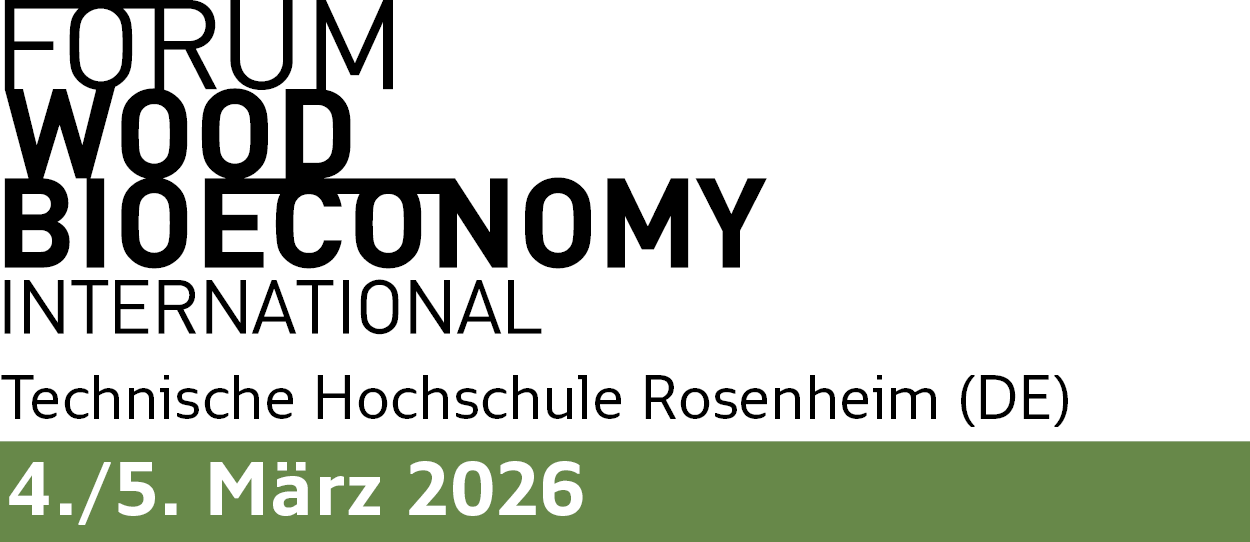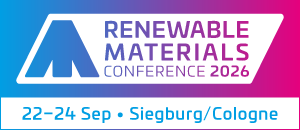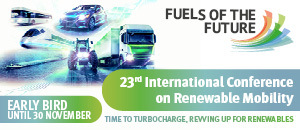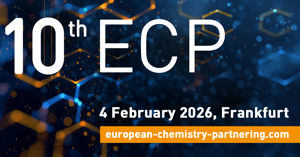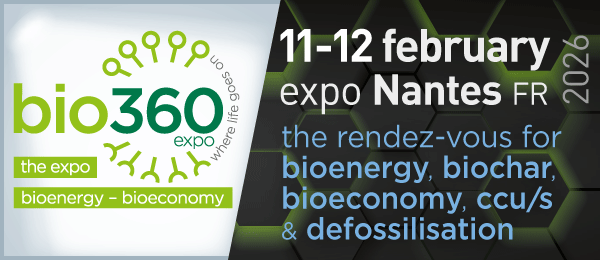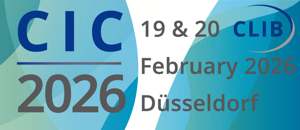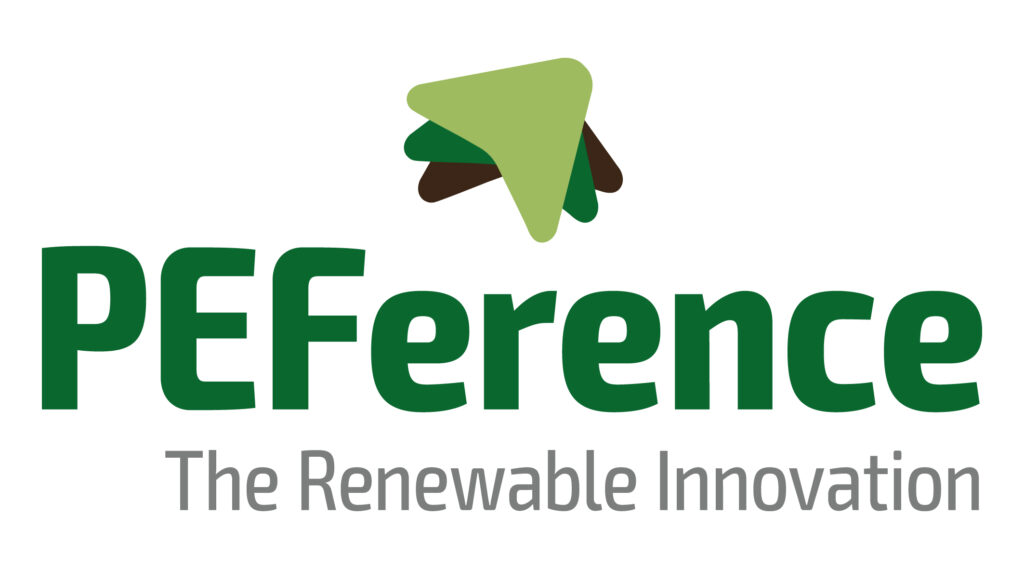
Michael and Alex Thielen from Renewable Carbon Plastics answer questions about PEF and the FDCA flagship plant, as well as challenges on the way to full acceptance of bio-based plastics and the role of certification for market-uptake.
Avantium’s fully bio-based material PEF is based on the building-block FDCA which is derived from wheat-starch-derived fructose supplied by TEREOS. There is a long-standing discussion on whether or not food crops should be used for the production of bio-based materials. What is your opinion on this topic?
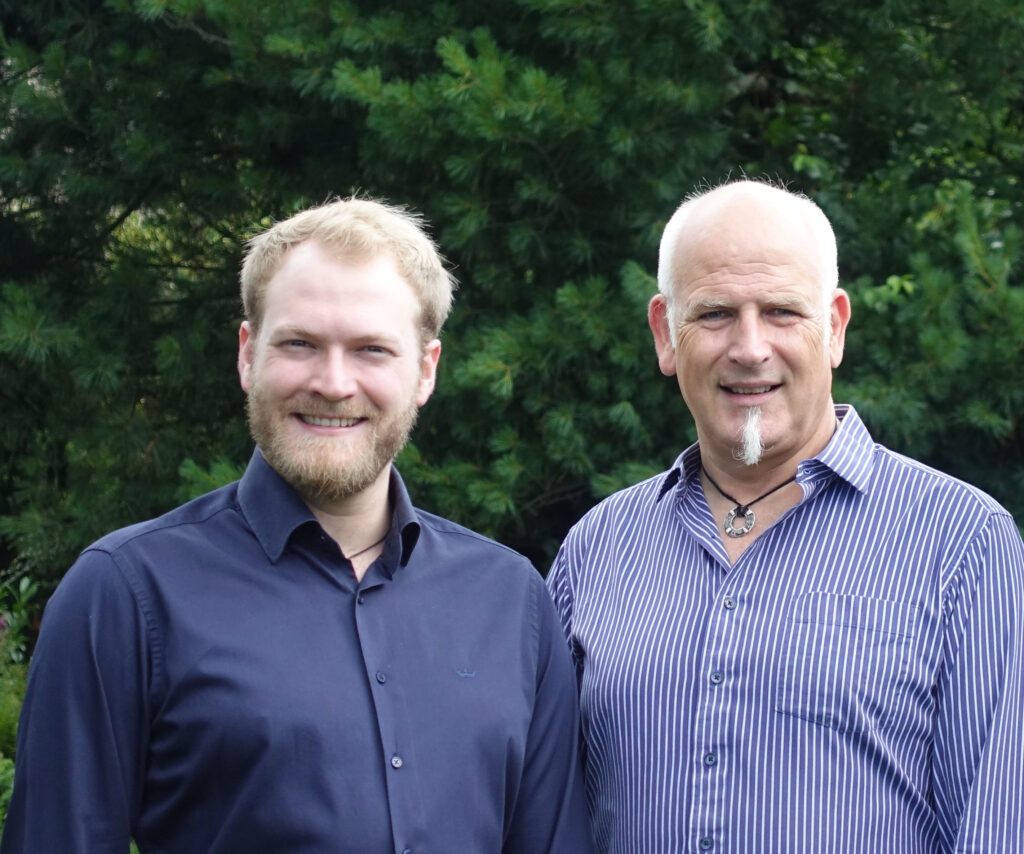
Bred by mankind over centuries for highest energy efficiency, food crops are currently the most efficient feedstock for the production of bio-based plastics, as it requires the least amount of land to grow and produce the highest yields. Allowing food crops for materials would not only give local farmers the option to diversify their income, making it more stable in times of food overproduction, but would also serve as a backup for actual food shortages. Legislation could safeguard food security by ensuring that in times of, e.g. famine food crops used for materials would be diverted. Rather than seeing the use of food crops as a risk we should see it as a safety net.
We are currently 8 billion people on this planet. And we have enough food for 12 billion people. About 40% of all food produced ends up as waste. In the “western” world this is mostly because we cook more than we can eat.
In some countries, 25% of the food produced gets spoiled on the way from the field to the plate. World hunger is caused by speculation, distribution difficulties, warlike conflicts, or other problems – not due to a lack of available of food.
In your opinion, why is PEF a milestone for bioplastics and how does it complement other plastics from bio-based polymers such as PLA and PHA?
PEF is quite similar to PET with significantly better mechanical, thermal and barrier properties. Together with its 100% renewable feedstock, PEF has the potential to complement PET, be it as a blend partner, as a separate barrier solution (e.g. as a barrier layer) or even replace PET in certain applications and markets. Or course, if biodegradability is required, PLA or PHA are options to look at.
According to a rigorous Life Cycle Assessment (LCA) performed by nova-Institute and Avantium, PEF reduces the carbon footprint with 65% (or more) in comparison to fossil-based PET. Why are coherent standards, certifications, and guidelines so important for the success of bioplastics and their recognition as sustainable materials?
Sound certification based on (scientifically agreed) European or Global standards or technical specifications (e.g. by CEN, ISO, ASTM, etc.), performed by independent third-party certification bodies assessing test reports by accredited laboratories guarantees a high product safety – also on this basis, respective labelling can be awarded that help the consumer to make an informed decision. And gives reliability and trustworthiness to the companies placing such certified products on the market.
What should be implemented in the European policymaking to ensure that bio-based plastics are fully accepted and can gain a foothold in the EU markets?
Bio-based plastics should be considered as part of a climate neutral recycling system. After many cycles of mechanical and/or other advanced recycling cycles, or when bio-based plastic waste cannot be recycled (mixed, contaminated), in a waste-to-energy recycling plant bio-based plastics serve as a kind of “renewable energy”. At the end of the day, bio-based plastics are “borrowed solar energy”.
What is your opinion that in the forthcoming Packaging and Packaging Waste Regulation (PPWR) bio-based plastics are not yet included in the mandatory targets set for renewable carbon in packaging materials.
Our opinion: this is a clear mistake. To elaborate on what we said to the previous question, regarding recycling as “the silver bullet” is more than just foolish. There is currently simply not enough high-quality feedstock available to close the gap of required and available feedstock. This is partially due to a lack of infrastructure. Do not misunderstand – recycling will be crucial for the circular economy ambitions, but this shouldn’t be an “either or” scenario.
How do you estimate the impact and projected growth of FDCA and PEF in the future now that the first commercial FDCA flagship plant has officially opened? Will there be a fast uptake of PEF in the market?
With the advantages and the similarity to PET, as explained above, PEF has good chances. Initially, mainly due the price of PEF resin, it will not be in any real direct competition with PET. But starting with barrier layers or as a blend partner, combined with some major brands starting to use PEF, the new material can develop quickly. Here the main driver, for better or worse, will not be their biobased nature, but their superior performance.
You are the organiser of the first PEF World Congress supported by PEFerence. What was your motivation to launch this event at this point in time?
Information about PEF and its benefits has been around for almost a decade. A lot of experts are aware of PEF, but there are still many that either don’t know (enough) about PEF yet, and others are already desperately waiting for PEF to become available in the market. The opening of the flagship plant marks a milestone here. So, we think the time is ripe to spread the word and discuss opportunities and challenges in a broader way.
About the Renewable Carbon Plastics Magazine
Originally founded in 2006 as bioplastics MAGAZINE, Renewable Carbon Plastics is the leading source of information on plastics from renewable sources and/or biodegradable plastics. The well-established publication recently rebranded (in August 2023) to signify the broader look at sustainable plastic materials that has been part of the magazine’s content and philosophy for a couple of years. Renewable Carbon Plastics is a unique platform that showcases everything related to plastics based on the Renewable Carbon concept that include biobased and CO₂-based plastics, and advanced recycling of plastics.
About PEFerence
PEFerence establishes a unique, industrial scale, cost-effective biorefinery flagship plant producing FDCA (furan dicarboxylic acid), a bio-based building block to produce high value products. The official opening ceremony will take place on 22nd October 2024. Furthermore, PEFerence supports the Renewable Carbon Plastics Magazine in the organisation of the first PEF Word Congress in Düsseldorf, Germany, on 30th/31stOctober 2024.
Read more about PEFerence here: https://peference.eu/
Find more information and the agenda of the PEF World Congress here: http://www.pef-world-congress.com

Source
nova-Institute, original text, 2024-09-20.
Supplier
Avantium Technologies B.V.
bioplastics MAGAZINE (Zeitschrift)
PEFerence
Tereos
Share
Renewable Carbon News – Daily Newsletter
Subscribe to our daily email newsletter – the world's leading newsletter on renewable materials and chemicals





